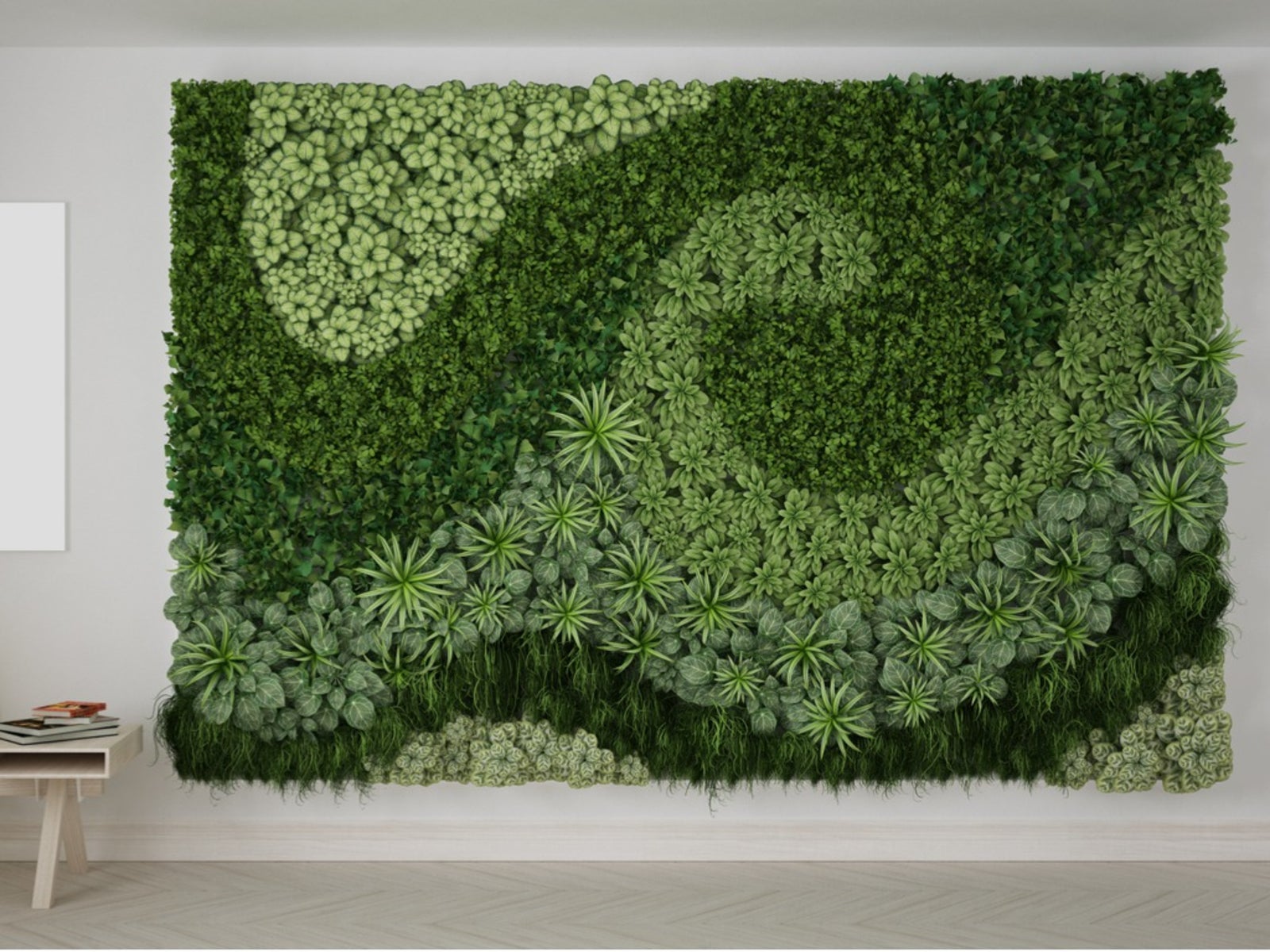Living Wall Ideas: Tips And Plants To Make A Living Wall


Throughout history, people have grown living walls. While they're normally seen outdoors, these unique garden designs can also be grown in the home. In addition to its pleasing aesthetic appearance indoors, a living wall garden can help purify the air and boost humidity levels. This type of vertical garden is also an ideal solution for covering a bare wall or making the most of limited indoor space.
What is a Living Wall?
So exactly what is a living wall? While a living wall can be as simple as growing vines over an outdoor patio wall, the term also refers to a special kind of indoor gardening. Living walls are basically walls made up entirely of plants or an existing wall that is covered with them. All living walls require some type of support structure, a physical barrier to protect the wall, a way to deliver water, and a growing medium for the plants. Depending on the plants and overall design, they may require some maintenance, such as pruning. Otherwise, a living wall garden is normally pretty easy to care for once established.
What Can Be Used for a Living Wall?
Now that you know the basics of what a living wall is, you may be curious about what can be used for an indoor living wall. Most plants used in these designs outdoors are vines; however, by providing a growing medium and suitable design elements, your plant selection does not have to be limited to just vines. You could try a range of plants. Houseplants are great for use with a living wall indoors -- perhaps a mix of climbing or hanging plants would be to your liking, such as any of the following:
You can also add in some upright plants that may include:
For additional interest, you may even throw in some moss along the base of the living wall garden. There are endless plants that you can implement into your living wall design. Mix and match plants with similar growing conditions for the greatest impact and ease of care. For instance, you wouldn't want to use a water-loving plant with a succulent one, as the watering needs of each are different. You'll also want the plants you choose to share the same light requirements and so forth.
How to Make a Living Wall
There are just as many ways to design and make a living wall of plants for indoors. They can be formal or informal. Living walls can be small and simple or large and complex, depending on your needs, preferences and level of expertise. As with any garden design, you have to choose appropriate plants. You'll want to ensure that whatever plants you choose receive adequate amounts of light from a nearby window, door, skylight, etc. Otherwise, artificial lighting may be necessary. Once the plants and light requirements have been taken care of, it's time to prepare the living wall structure (with irrigation in mind). You'll want to make sure that all the plants can be watered easily and effectively. For a simple tiered design, you may, for example, have the water from your topmost plants trickle down onto those below. In order to accomplish this, you'll have to add a water-repellent material as a backdrop for the existing wall so that it doesn't become drenched with moisture, which of course is not good. Your support and substrate could come from a growing mat with peat moss and chicken wire or lattice that you hang or from planters anchored onto a wall. Many people simply attach various plant containers, like wall pots or open-iron mangers, to the wall. Once satisfied with the design, the vining or hanging plants can be potted up and hung in place. Next will come the base, which can be as simple as a small series of shelves to hold the containers of lower level upright plants (either attached to the wall or shelved that simply butt up against it) or a planter-like design, which will provide more flexibility not only in what plants are added, but in the overall cleaning, repotting, watering, etc. Some people even include aquariums in their living wall base designs. Remember, your indoor living wall garden can be designed in any manner that fits your needs and personal style.
Gardening tips, videos, info and more delivered right to your inbox!
Sign up for the Gardening Know How newsletter today and receive a free copy of our e-book "How to Grow Delicious Tomatoes".

Nikki Tilley has been gardening for nearly three decades. The former Senior Editor and Archivist of Gardening Know How, Nikki has also authored six gardening books.